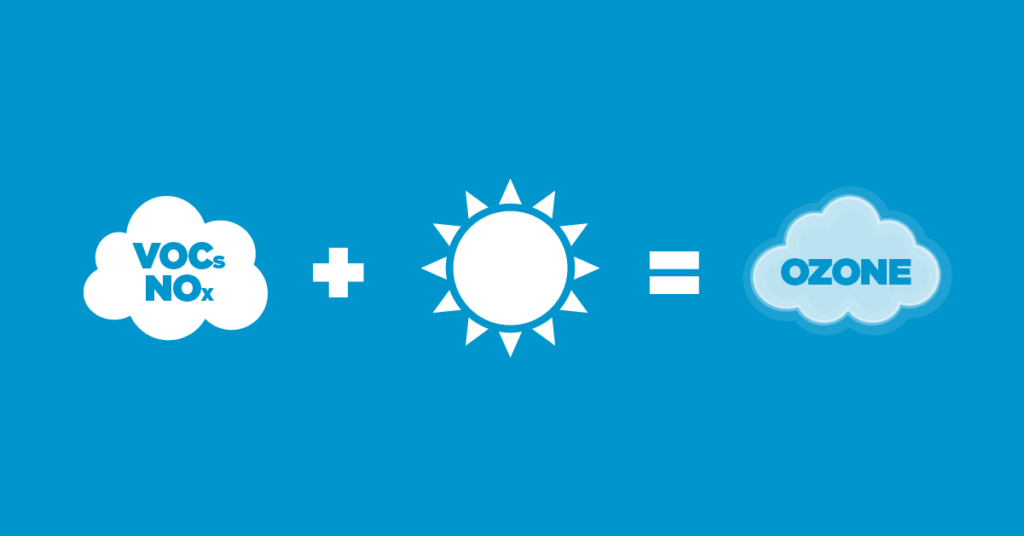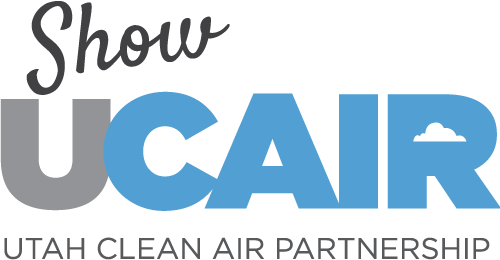By now, you’ve probably had a taste of teleworking. One positive thing that came from the COVID-19 pandemic is that working from home became more common. It was an effective way to reduce the spread of the virus and keep people healthy, but teleworking can also improve your health in other ways. In fact, teleworking is the solution to multiple health issues, one of the most prominent being air quality.

Our air quality has a direct effect on our health. When air quality is poor, many people experience symptoms like itchy eyes and throat, sneezing and headache. People with air sensitivities can experience even more severe symptoms. With a population of just over 3.2 million people in Utah, the air quality will be determined by our actions in most cases. That’s where teleworking comes in.
We are all familiar with the gray skies of inversion during the winter. Those days are ideal for teleworking; not only do you stay off potentially dangerous roads and out of inclement weather, but you reduce emissions that become trapped and pollute our air. The same principles apply in the summer. We don’t generally see an inversion, but we do commonly experience ground level ozone. Ozone is formed when emission particles in the air get baked by the hot summer sun. The emission particles plus the heat create a chemical reaction in our air that results in poor air quality. When breathed in, ground level ozone can make what is described as a sunburn on your lungs. It’s not good for our health, especially those that already have sensitivities. Ozone can be reduced the same way we combat pollution during inversion season: fewer emissions. Teleworking during the summer will improve our air quality the same way it does during the winter months. Teleworking is effective, and even better, it is doable. We know that from the numbers and data collected from 2020 by employers and employees.
It might surprise you to discover that in a survey conducted by UCAIR, 66% of employees had a positive attitude toward teleworking and 57% of employers had a positive attitude toward teleworking prior to the pandemic. During the pandemic, when far more employees and employers were giving telework a try, that positive attitude rose to 86% for both groups. That means that there is a large number of employees and employers willing to telework. 93% of employees said they want to continue teleworking, specifically on poor air quality days. 94% of employers said they are likely to continue to allow their employees to telework moving forward, again specifically on poor air quality days. The opportunity is out there, and making clean air a workplace cause is one that everyone can get behind. It creates a better environment at work and outside of work.

The first step to implementing teleworking is becoming informed. Start by reviewing the DAQ air quality forecast each week. It helps teleworkers to plan according to poor air quality days. The DEQ website and the UCAIR website are full of information and resources to make teleworking an easy option for employees and employers. Lastly, become familiar with TravelWise, an organization dedicated to supporting alternative ways to travel.
Between ozone during the summer months and inversion season during the winter, air quality in Utah is a cause that needs support year round. Teleworking is one of the most effective and simple ways to improve air quality. Next time the air quality is poor, telework for your health and for Utah’s health.

